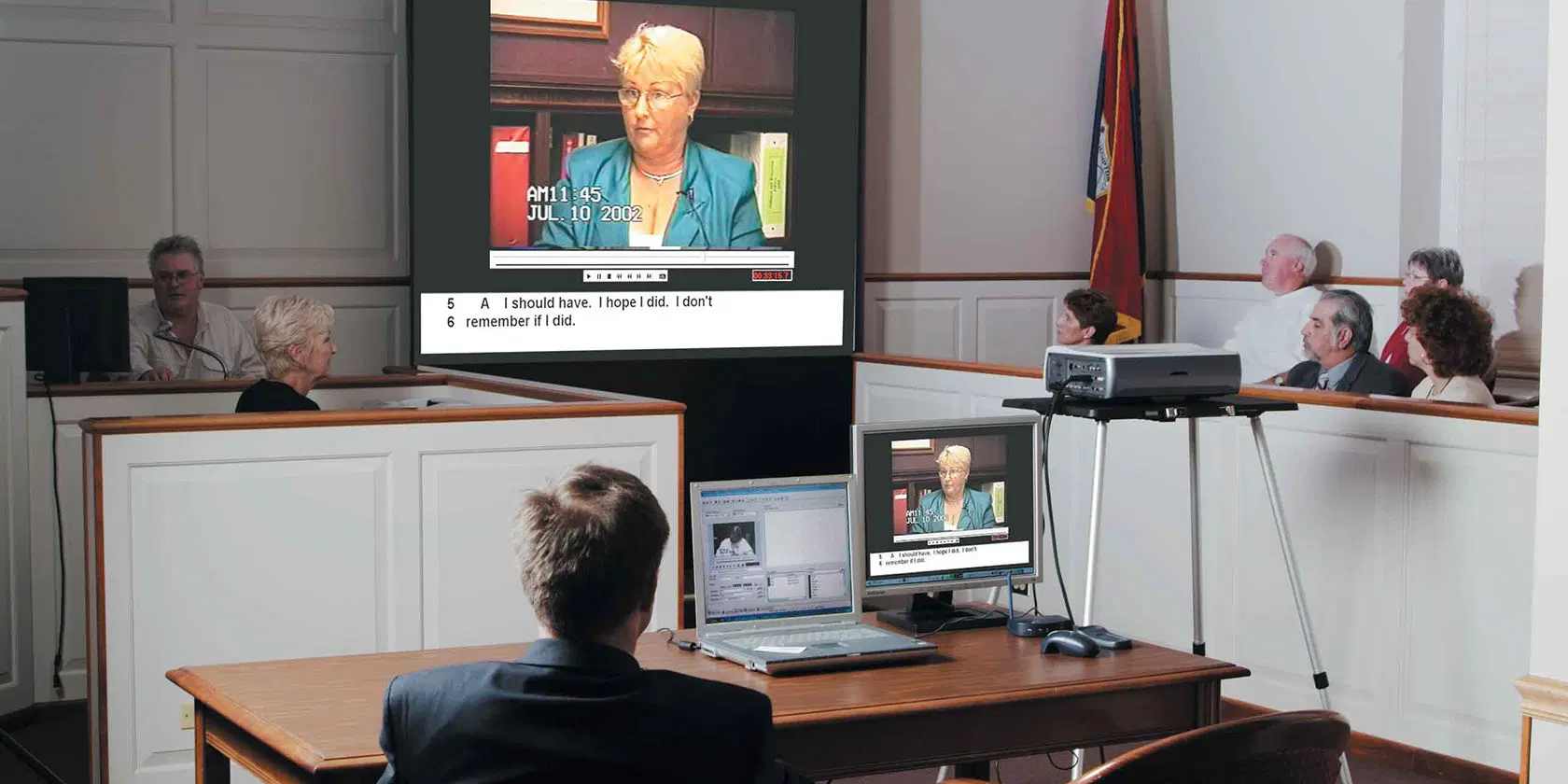Mesmerize the Jury: Necessary Elements of a Powerful Trial Presentation
Crucial components such as comprehending the target market, crafting an engaging story, and mastering verbal and non-verbal interaction are essential elements of a reliable presentation. As these factors intertwine, they form a natural approach that not only notifies however additionally involves jurors on multiple levels.

Recognizing Your Target Market
Understanding your target market is an essential aspect of reliable test presentation. A successful discussion depends upon the capacity to understand the demographics, worths, and proneness of jurors. This understanding informs just how disagreements are mounted, evidence is offered, and sob stories are crafted, making certain that the message reverberates with the jurors on an individual level.
Study suggests that jurors come from diverse backgrounds and might have varying degrees of recognizing relating to lawful process (trial presentation). Hence, it is essential to prevent lawful jargon that might estrange or puzzle them. Instead, utilizing clear, relatable language cultivates involvement and comprehension. Furthermore, comprehending the jurors' possible biases and life experiences enables the trial presenter to prepare for arguments and address worries proactively.
Effective test discussion also involves observing jurors' responses throughout the proceedings. Being attuned to non-verbal hints can provide understanding into their engagement and receptiveness, permitting real-time changes in strategy. Inevitably, a profound understanding of the target market not just improves communication however likewise constructs rapport, raising the probability of a favorable result. Involving with jurors as individuals instead of a collective unit is vital in promoting a strong connection in the court room.

Crafting a Compelling Narrative
Crafting an engaging story is vital in guiding jurors through the intricacies of a situation. A well-structured narrative not just streamlines complex legal concepts yet likewise involves jurors on a psychological degree, making the information a lot more relatable and unforgettable.
To accomplish this, lawyers ought to begin by identifying the core message they desire to communicate. This message needs to reverberate with the jurors' worths and experiences, promoting a connection that transcends plain facts. The story ought to unravel logically, presenting occasions in a clear series to avoid confusion. This sequential method can help jurors adhere to the development of events, emphasizing cause and result.
Integrating human aspects-- such as personal tales or anecdotes-- can even more enhance the narrative's influence. These aspects stimulate compassion, enabling jurors to imagine the effects of the instance on the real worlds. Furthermore, utilizing a consistent motif throughout the presentation reinforces the main disagreement, making it much easier for jurors to keep crucial points.
Eventually, a compelling story transforms a test presentation from a simple recounting of realities into a persuasive tale that astounds the court, motivating them to deliberate with both reason and emotion.
Utilizing Visual Aids
Integrating visual aids into a trial discussion can substantially enhance jurors' comprehension and retention of info. Visual materials such as charts, diagrams, pictures, and videos can change intricate legal concepts and evidence right into conveniently digestible formats. By engaging numerous senses, these aids allow jurors to visualize the case's crucial elements, making it simpler for them to follow along and grasp intricate details.
Additionally, well-designed visual aids can emphasize important points and emphasize connections between various pieces of proof. Timelines can successfully illustrate the sequence of occasions, while annotated images can clear up certain details relevant to the instance. This not only help in understanding but additionally reinforces the narrative offered by the lawyer.
Extremely complicated or chaotic visuals may overwhelm jurors and detract from the message. Eventually, reliable visual communication can be a powerful device in persuading jurors and aiding them get to notified final thoughts.
Understanding Verbal Communication
Reliable spoken communication is important in a test presentation, as it offers as the primary ways via which lawyers communicate their arguments and link with jurors. Simplicity in language read here cultivates understanding and helps jurors comprehend complex problems provided during the test.
Moreover, tone and pacing substantially influence how messages are received. A confident tone conveys authority, while ideal pacing allows jurors to absorb information without really feeling bewildered. Lawyers ought to additionally vary their vocal inflections to emphasize essential points and maintain jurors' rate of interest throughout the presentation.
In addition, the organization of spoken disagreements is vital. Structuring the narrative logically and coherently assists jurors follow the attorney's logic, making it simpler for them to keep essential info. Making use of influential techniques, such as narration, can also boost the psychological vibration of the debates offered, thus creating a more profound connection with jurors.
Inevitably, understanding verbal communication not only reinforces a lawyer's instance yet likewise cultivates trust and relationship with the jury, considerably enhancing the opportunities of a favorable judgment.

Involving With Body Language
Nonverbal interaction plays a crucial function in trial discussions, usually communicating messages that words alone can not reveal. Body language, incorporating motions, position, facial expressions, and eye contact, significantly influences just how jurors regard the reputation and sincerity of the presenter. A Learn More Here certain stance, with shoulders back and an open position, can impart count on, while closed-off body movement may recommend defensiveness or unpredictability.

Face expressions should mirror the feelings related to the situation, strengthening the narrative existing. As an example, an honest expression during a poignant moment can elicit compassion and strengthen the psychological allure. Eventually, grasping body movement is important her comment is here for effective trial discussions, as it enhances spoken interaction and establishes an engaging existence that reverberates with the jury.
Verdict
In final thought, mesmerizing the court requires a critical strategy that incorporates understanding the target market, crafting an engaging narrative, making use of aesthetic aids, grasping spoken interaction, and involving via body movement. Each component plays an important role in producing a powerful test discussion that resonates with jurors on both emotional and intellectual levels (trial presentation). By integrating these elements successfully, attorneys can significantly improve their capability to convince and influence court decision-making